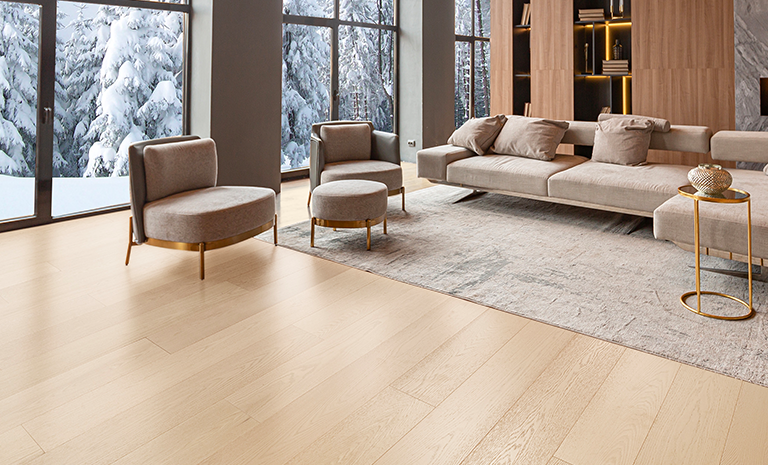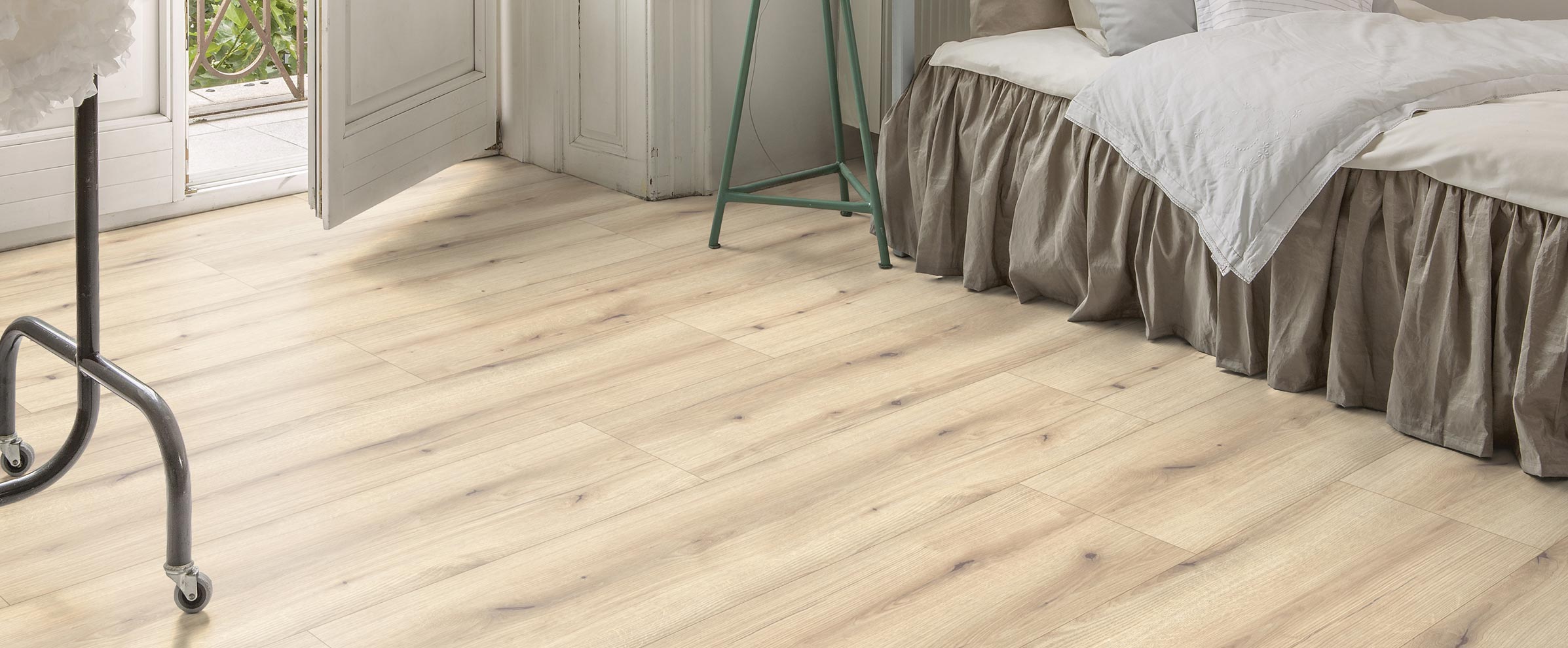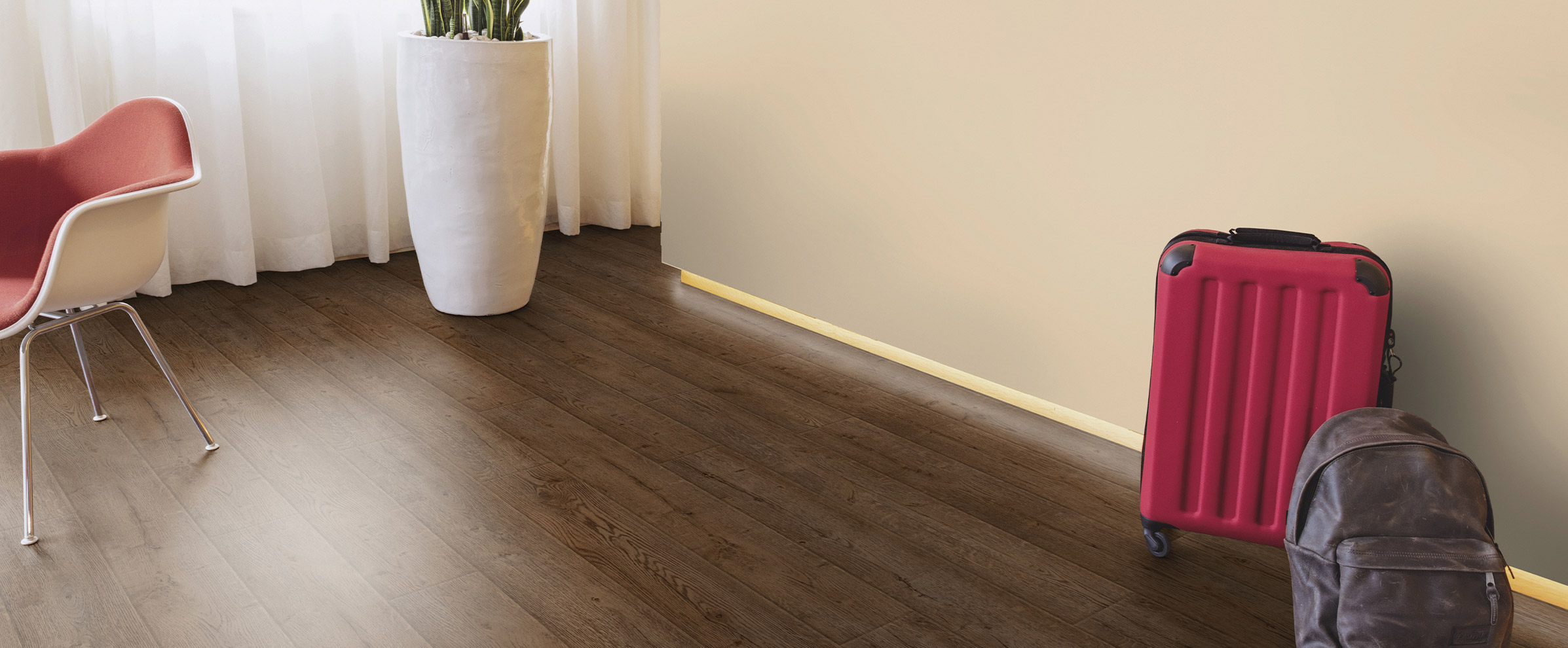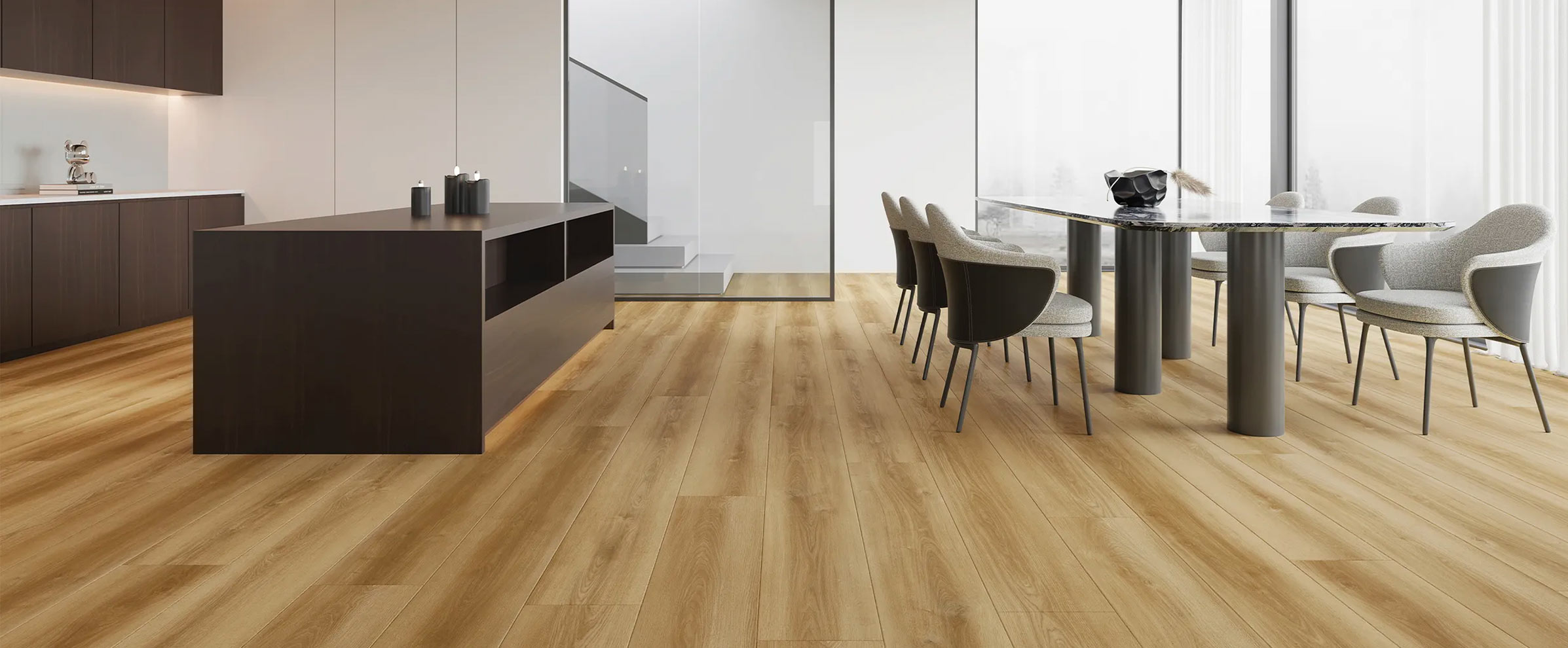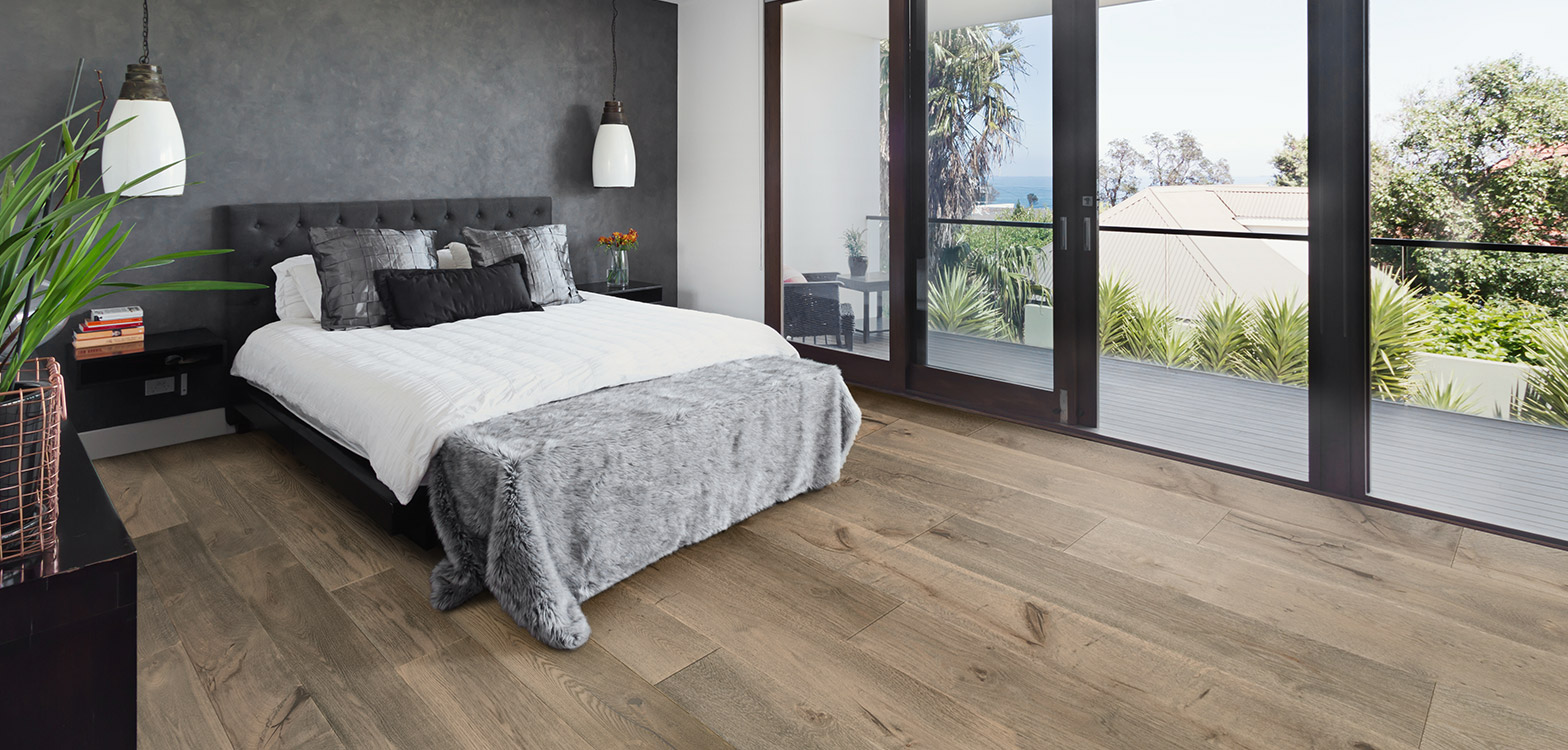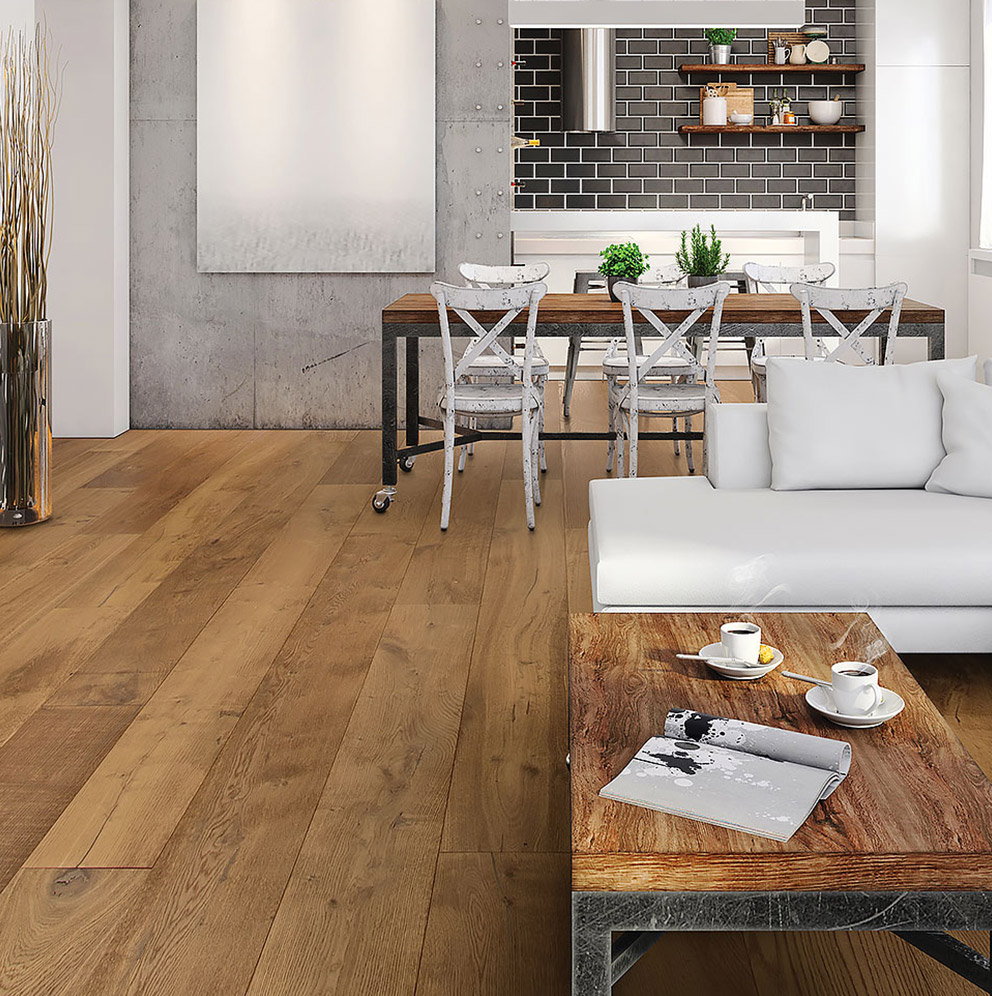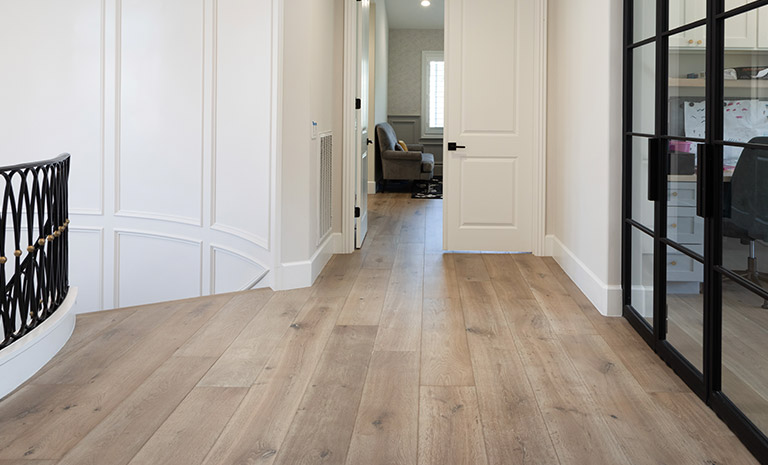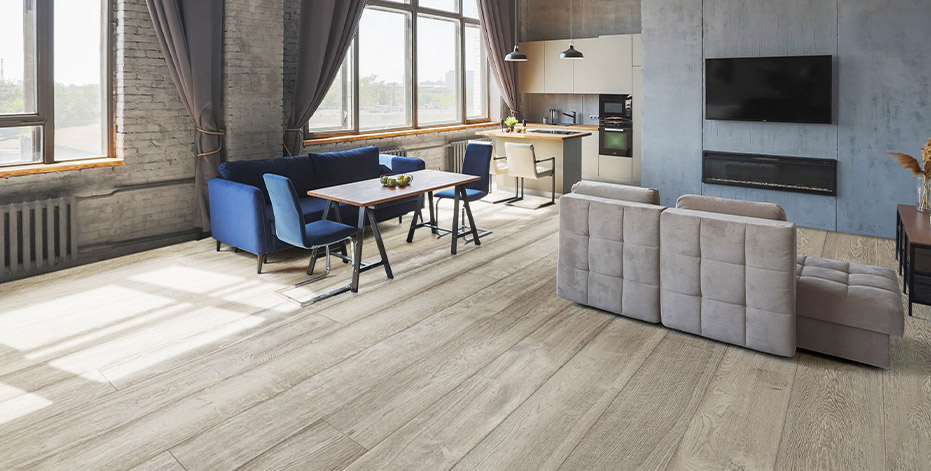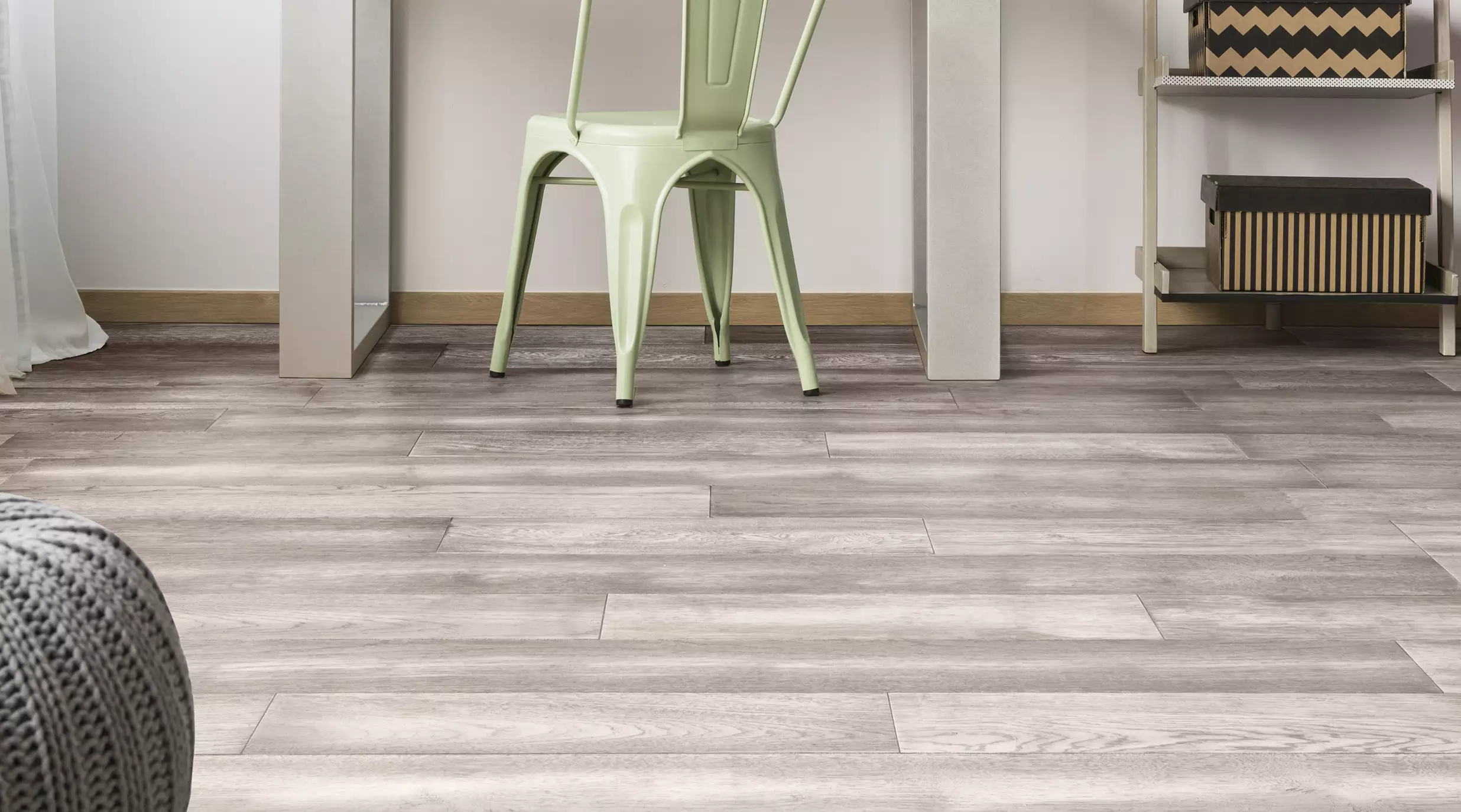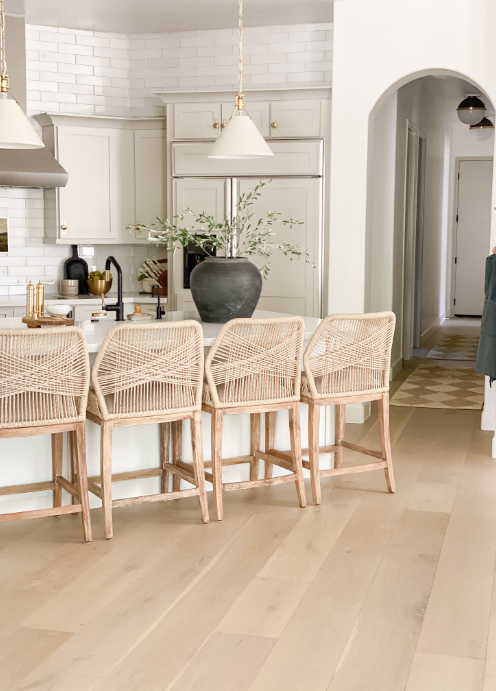What are reactive stains?
Reactive stain – you may have heard this term spoken in your search for hardwood floor, but what does it mean? To understand what a reactive stain is, it is also important to understand what it is not.
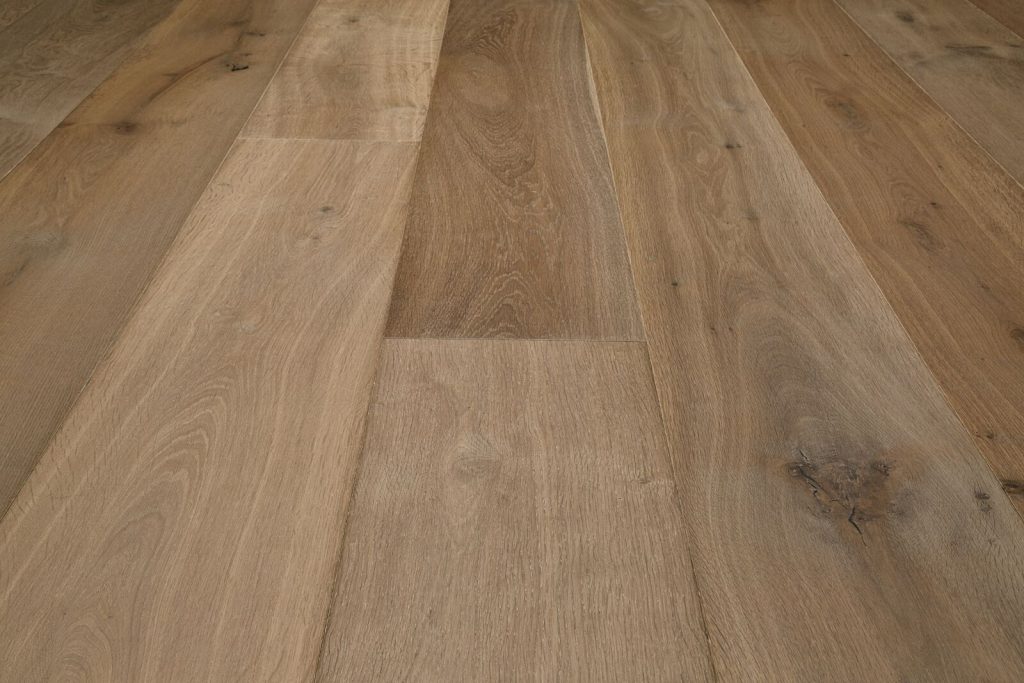
The Process
Whereas traditional stains add their color by painting the surface of the wood, reactive stains work by reacting with the natural components within the wood. Reactive stains are completely void of pigment and create color from inside the wood by interacting with the wood’s natural ingredients to create unique, 2-toned colors in wide variations that cannot be duplicated with traditional staining methods.

The Result
Reactive stain’s interaction with the natural tannins and sugars in the wood also creates an ‘aged’ look by replicating the oxidization and maturing process of naturally aged wood. This natural maturing process will normally take decades to achieve. However, with the reactive staining process it can create the same look immediately without harming the quality of the wood itself.
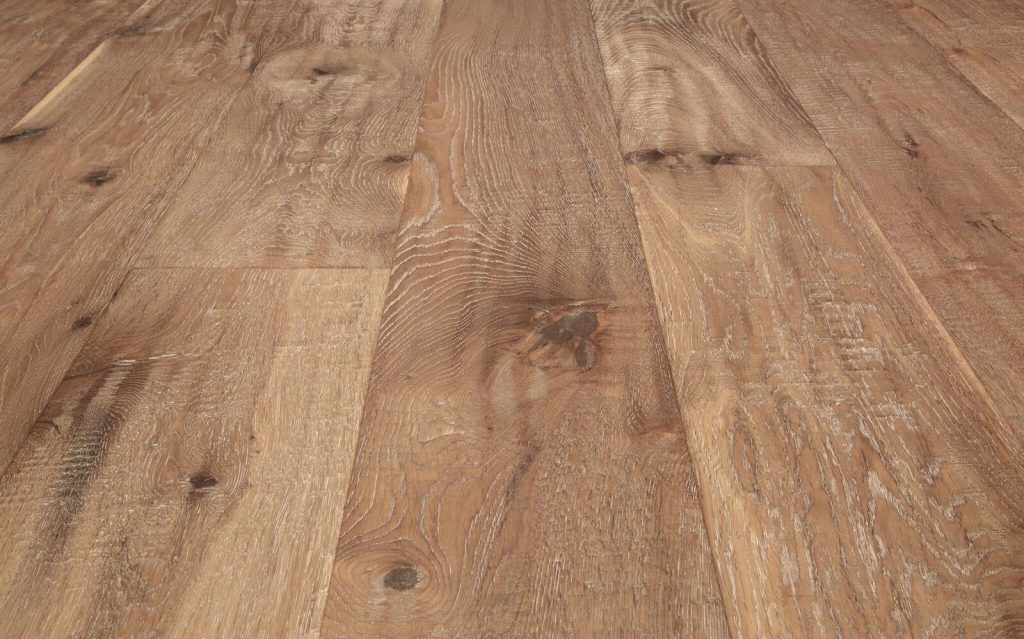
Fuming
Another state-of-the-art reactive process is fuming. Fumed (AKA Smoked) wood has been exposed to ammonia which reacts with the natural tannins in the wood to bring out new colors and variations. European oak is the preferred species for fuming/smoking because of its high tannin content which brings out an intense darker color.
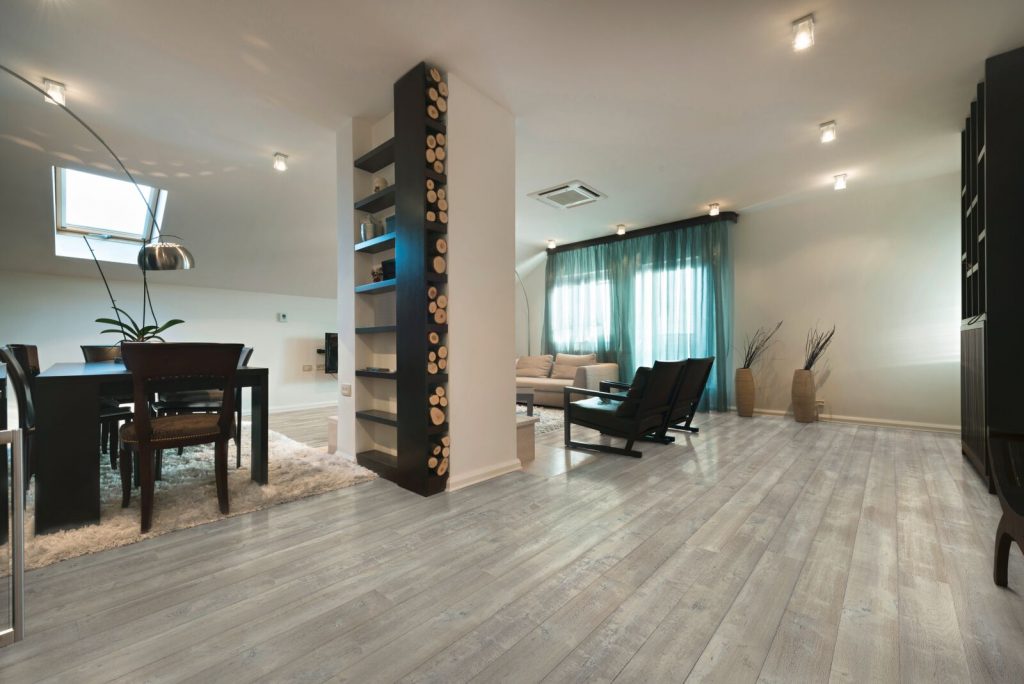
Because the intensity of the reaction depends on the tannin content of the wood, each board reacts a little differently from the next, creating color variation that is more pronounced than untreated wood.
It is a common mistake that fuming/smoking involves application of the ammonia INTO the wood, but this is not the case. The change in color comes from the wood’s reaction to the presence of small amounts of ammonia in an enclosed environment. The ammonia causes the tannins in the wood to be brought to the surface. The longer the wood is exposed to the ammonia, the darker it becomes, resulting in a range of color from rich brown to almost black.
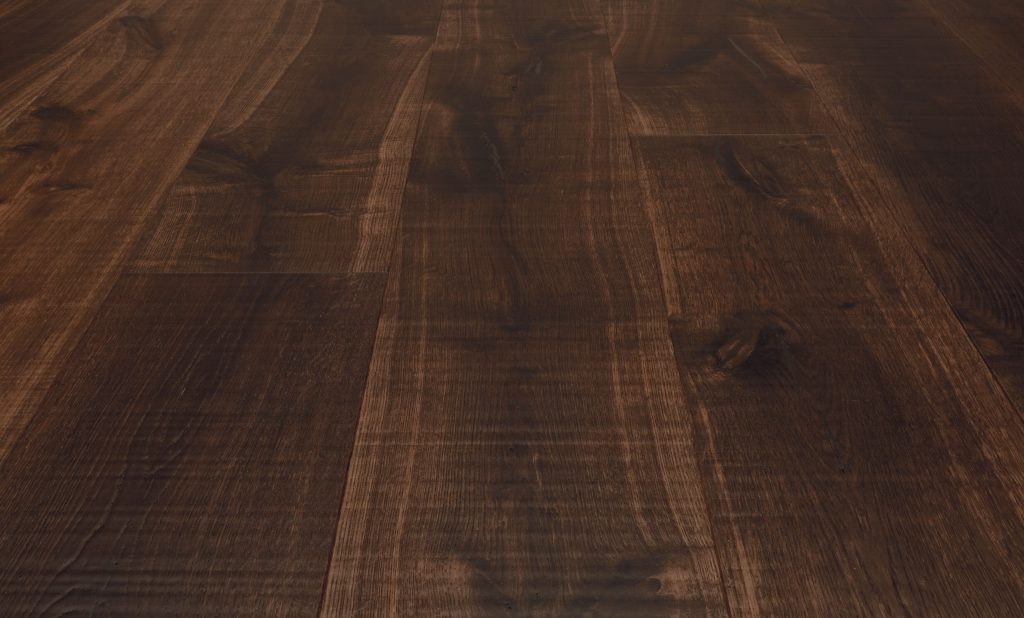
Wood floors that are treated with reactive stains or are fumed produce unmatched hues and a depth of color that simply cannot be duplicated with traditional staining methods. Are you still wondering if a reactive stained or fumed floor is right for you? Take a look at some of our reactive stained floors in the French inspired L’artiste collection or in the ultra-wide Timbertop Lifestyle series and decide for yourself!

